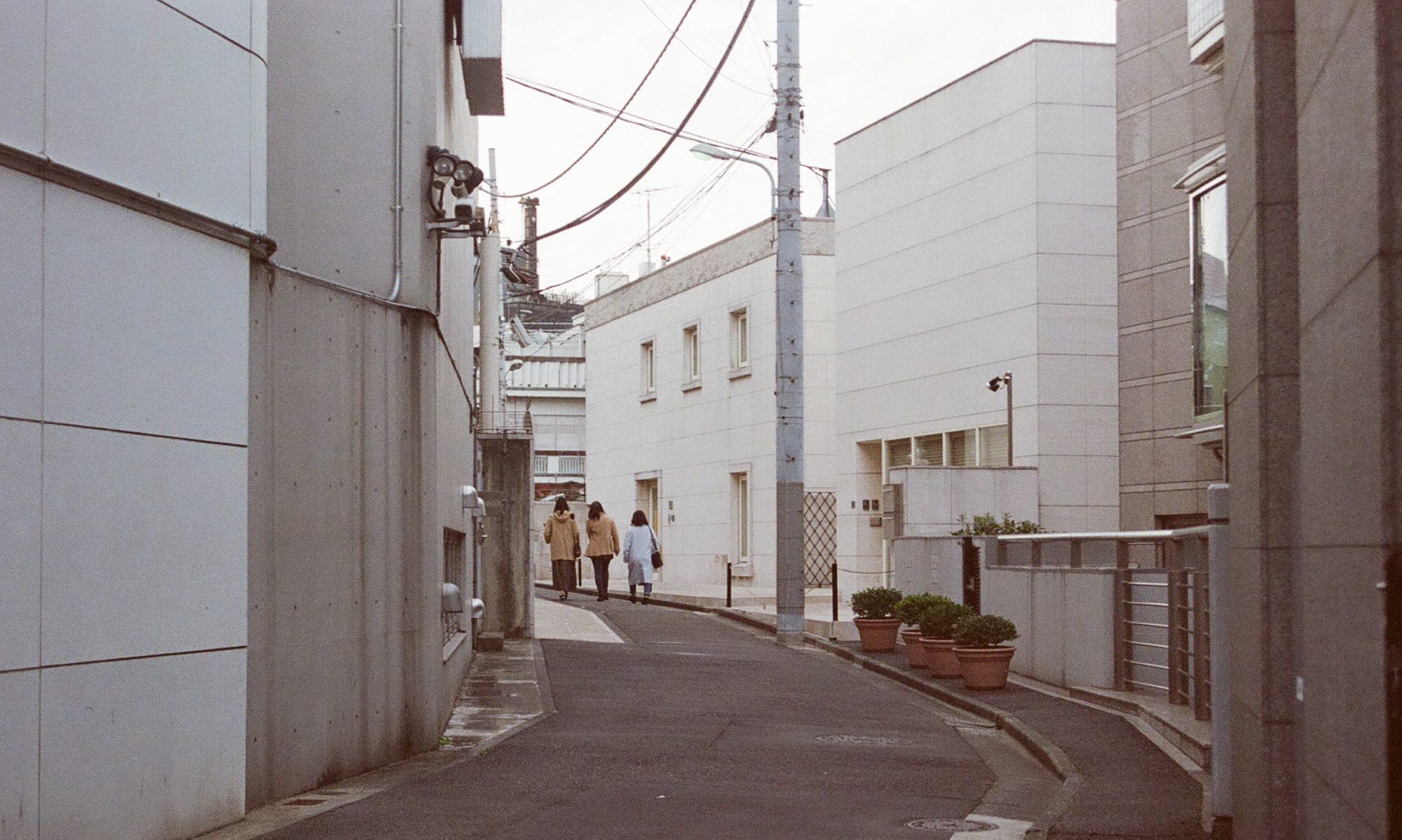A system, composed of parts working together as a whole, is our way of understanding structures and phenomena in the world. One of the reasons why we are so in awe by nature alludes to the power of creation, subjective to the limitations of the human hands. Nature “evolved from the harmony of the myriad of chances and necessity” and is a constellation of systems that generate forms and phenomena. It is in human culture to break down phenomena into systems, for example, formulating scientific principles to explain how the material world works.
We can take inspiration from the organic “processes found in nature” to condition unpredictability into systems that can generate outcomes infinitely. Generative systems are mechanisms used to create structures that “could not be made by human hands”, using computational models that combine encoded “organic behaviour and spontaneous irregularities” with logic. These systems come in the form of computer language and digital tools, which are malleable in nature. One small change in the code/ algorithm can lead to a variety of outcomes, or different combinations of written code/ conditional factors can be used to achieve the same or similar outcomes.
The process of using computational systems to generate aesthetic processes involves translating individual components into a series of decisions that can serve as building blocks for the desired result. These decisions have to be interpreted as computer code to satisfy each functional element of the system and the programming process involves a lot of reverse-engineering and ‘trial and error’ to work around the tendencies of the computer algorithms used. The art of coding is the clever manipulation of these generative systems – “choosing computational strategies and appropriate parameters in a combination of technical skill and aesthetic intuition.”
It is interesting to think of Generative Art as works categorised by the strategy of adopting a “certain methodology”, as compared to art movements which are paradigms of works defined by the characteristics or ideology. The aesthetic application of rules and systems is key in generative art works, where the artist designs a closed system by setting conditions and perimeters, in which the unpredictable outcomes exist. Not all generative art has to be code-based, but the art is in the system instead of the results. This allows the work to be timeless, where as long as the conditions of the system are available, the outcomes can be generated infinitely.
The next step for Generative Art:
Watz states that while computer code algorithms are essentially immaterial, they display material properties. It would be interesting to see the material properties translated into sensory ones, where computer code algorithms can be used to generate sensory experiences. Sensory perception is specific to the person, and what one perceive would a subjective experience of the generated sensory activation, which can be seen as a form of unpredictability and generativity.
